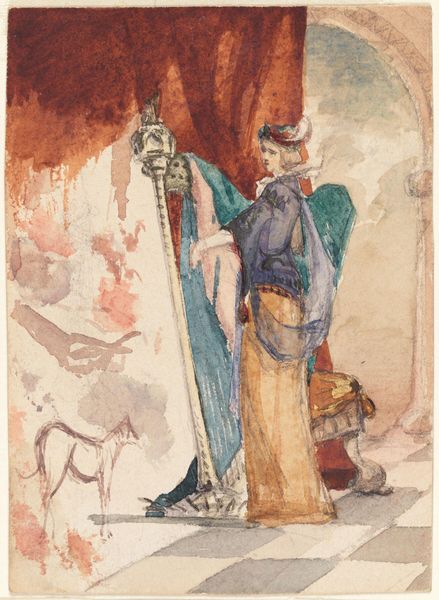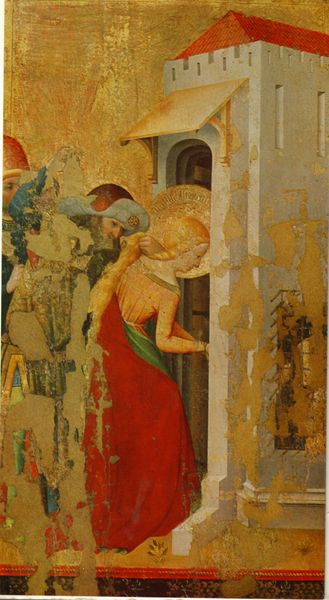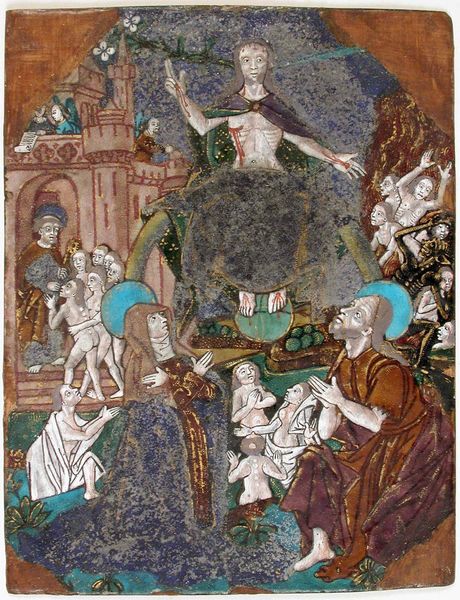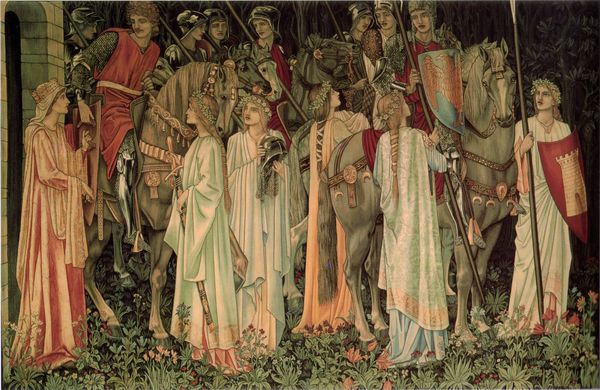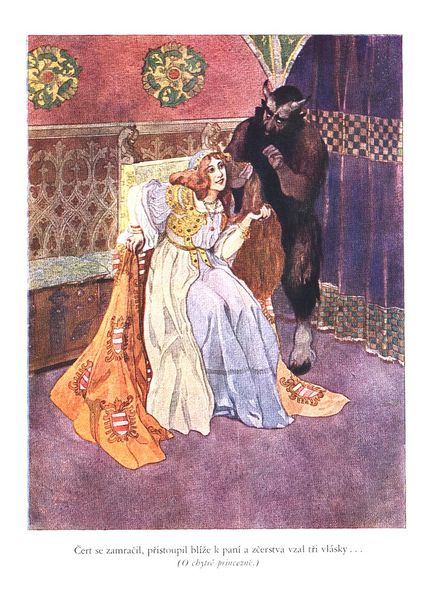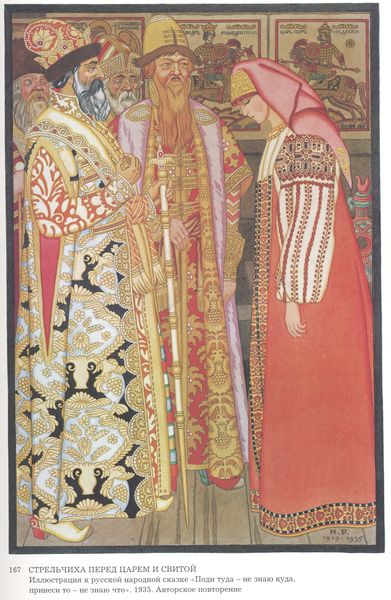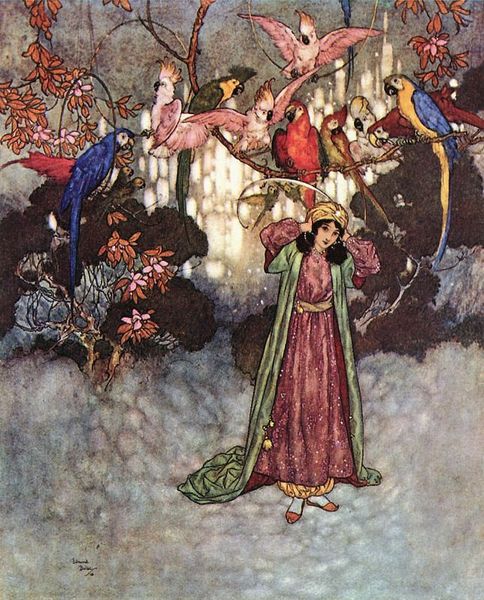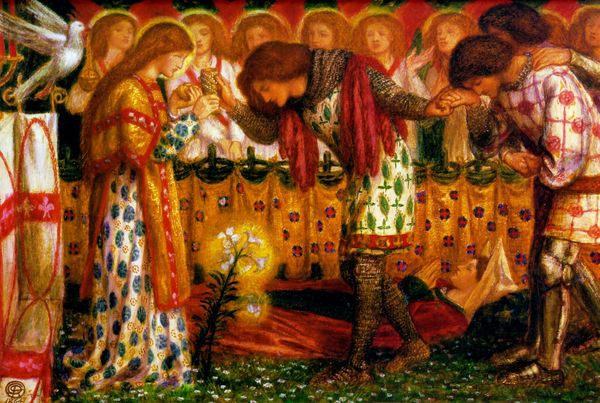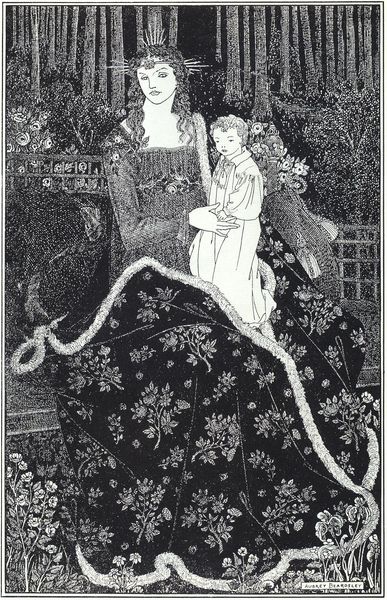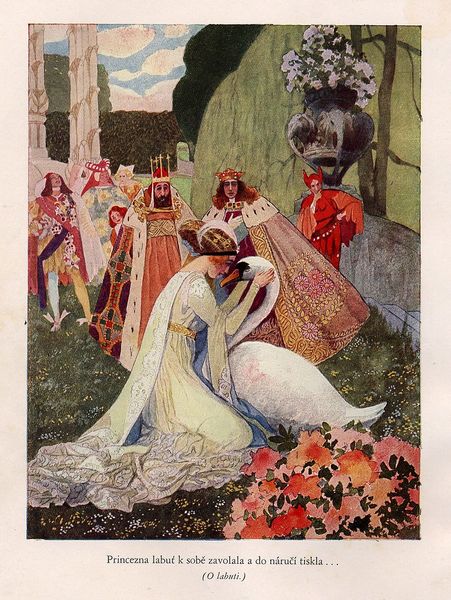
Barbara altar from the Kalanti church in Finland 1415
0:00
0:00
masterfrancke
National Museum of Finland, Helsinki, Finland
panel, tempera, painting
#
portrait
#
medieval
#
panel
#
tempera
#
painting
#
figuration
#
oil painting
#
history-painting
#
international-gothic
Copyright: Master Francke,Fair Use
Curator: This panel painting before us, known as the Barbara altar, was crafted circa 1415 by Master Francke for the church in Kalanti, Finland. The medium employed is tempera on panel, a common practice for the era, now residing here at the National Museum. Editor: It feels melancholic, despite the vibrant hues. There’s a somberness emanating from the figures, especially from the central saint, caught in what looks to be a painful moment. The surface is noticeably worn. Curator: Indeed. It's fascinating to consider its life as an altarpiece. This depiction of Saint Barbara undergoing martyrdom certainly invites reflection on the themes of faith, suffering, and resilience. Notice the other figures present— the almost theatrical cruelty in their poses. Editor: Cruelty staged as civic ritual perhaps? The social dimension here seems crucial. What I am curious about is who commissioned this. Why Barbara, and what relationship did that community have with the story being visually told? The positioning of these characters and their role within society likely held heavy meaning for them at the time. Curator: It is believed to have been commissioned for the church to serve as a focus for prayer and veneration. Saint Barbara, the patron saint of armorers, artillerymen, miners, and others who worked with explosives, was widely revered in the late Middle Ages, offering spiritual protection to those in dangerous occupations. And as you say, she was important to *this* community, for *these* reasons. Editor: And look at the radiant halos contrasted with the visible brushstrokes and aging of the panel. There is such a stark interplay between divinity and raw, physical existence in what has survived the ravages of time. Did the artist use real gold in the halos? Curator: The application of gold leaf was indeed quite common in medieval painting to enhance the visual richness and spiritual significance of the artwork. Here it works to elevate the figures from this earth and into something heavenly. Editor: To think of this now existing as both an object of reverence, a work of art and a historical artifact underscores the complex afterlife of imagery— the constant accumulation of meaning layered across the centuries. Curator: Absolutely. This altarpiece offers an emotional connection to its medieval audience, a testament to art’s enduring capacity to evoke feelings and foster devotion even across vast expanses of time.
Comments
No comments
Be the first to comment and join the conversation on the ultimate creative platform.
